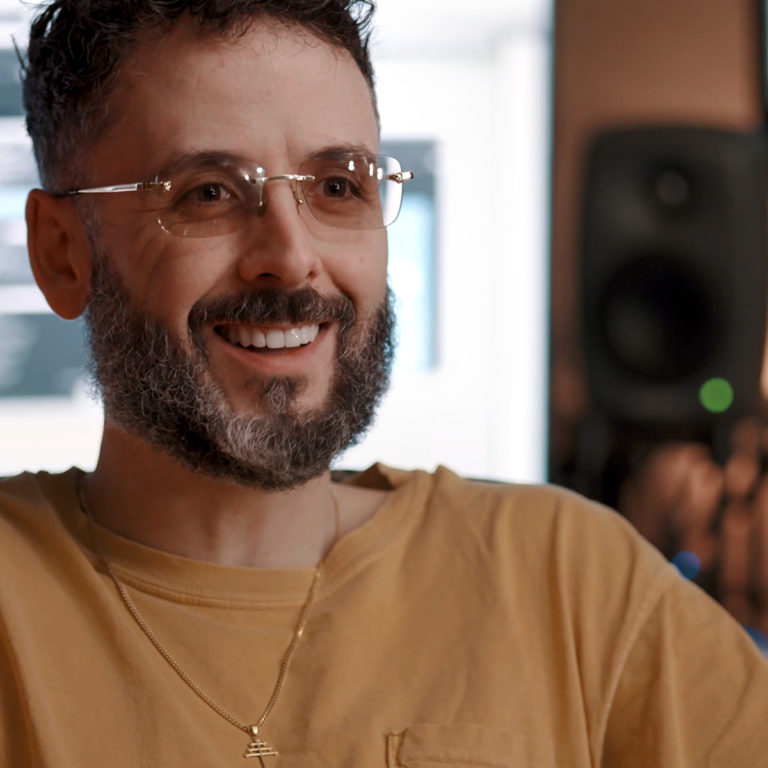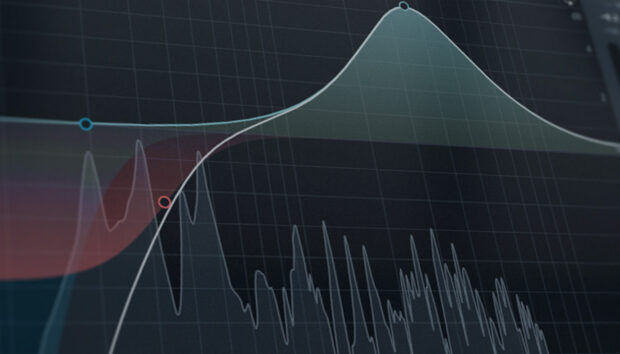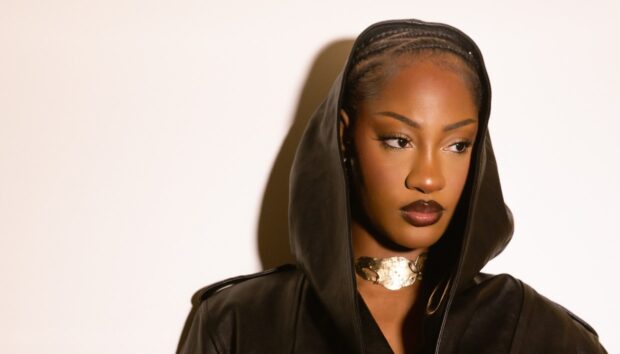“One year I was standing on the street corner in the cold watching every car that passed by me, asking myself ‘How come I don’t have one?’ It was just so unattainable. And the next year – I’m doing the same thing, I’m not doing anything different – I had a number one record on the radio.”
It’s hard to believe these words are coming from Noah “40” Shebib. With 18 Grammy nominations and two genre-defining wins to date, the multi-platinum Shebib – Drake’s go-to producer, co-founder of the OVO record label, and a collaborator with Lil Wayne, Jay-Z, Nas, Sade, and more – is a character study in profound humility: “I’ve always considered myself a visitor in hip hop. I had pretty good intuition knowing how far Drake could potentially go as an artist, but I never had the same thoughts for myself or imagined that I’d be here today.”
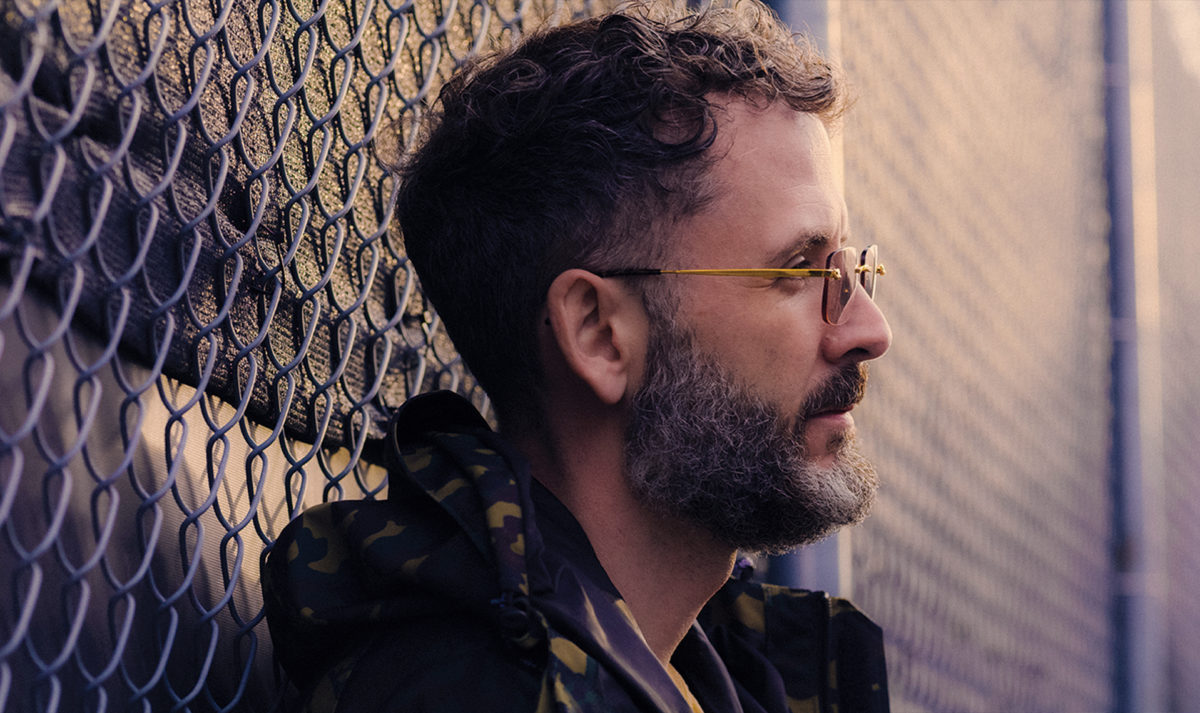
Becoming 40
Like most beatmakers, 40 spent years at his craft before his productions hit the Top 100 charts, as we found out when we touched down in Toronto to begin the process of creating two thrilling new instruments with the super producer: 40’S VERY OWN KEYS and 40’S VERY OWN DRUMS.
At just 17 years old, Shebib moved into a basement apartment where he spent five years grinding out tracks for Toronto hip-hop artists – most notably his Empire crew members – in various makeshift home studios, earning the nickname “40 days and 40 nights” for his legendarily lengthy, sleep-deprived sessions. But 40 was always ahead of his time as an engineer, and constantly looking for ways to make things sound better and unique. “In those days, the standard of making music was MPCs and Korg Tritons,” recalls Empire MC Tony “Scandalis” Ranks in our new documentary. “40 was using a computer to make his beats. People were shocked to see Pro Tools running on a laptop and didn’t really understand. We used to sit here and talk about ‘Will anyone ever make it [from] here? 40 was a part of the [hip-hop] culture when Toronto didn’t even have a culture.”
Watch our exclusive documentary on Noah “40” Shebib here:
40’s production philosophy
Eventually 40 started working with actor Aubrey Graham, aka Drake, and the rest is history. But whether he’s collaborating with Champagne Papi or the likes of OVO affiliates Popcaan and PARTYNEXTDOOR, 40 maintains a rigorous production philosophy – a raw and honest approach in which creating space for the artist is paramount. “That’s really my mantra as a producer. When I’m making music or creating, I try not to think too much. I kind of create blindly in that space and try to let out whatever’s in my heart.”
This artist-first approach is immediately evident on a sonic level when you listen to the body of work he’s created with Drake. “Musically, I was creating space by removing top end,” says Shebib. “If I took out all the transients that were happening in the top end with hi hats and percussive instruments, and dumped it down to the bottom end, that let Drake exist above those things as a focal point.” By degrading the sample rate, bitcrushing, and a handful of other things in the effects chain, 40 – who says he was inspired greatly by Sade’s sound – created a pocket for Drake’s vocal range to stand out, while also cementing what’s now known as his signature sound.
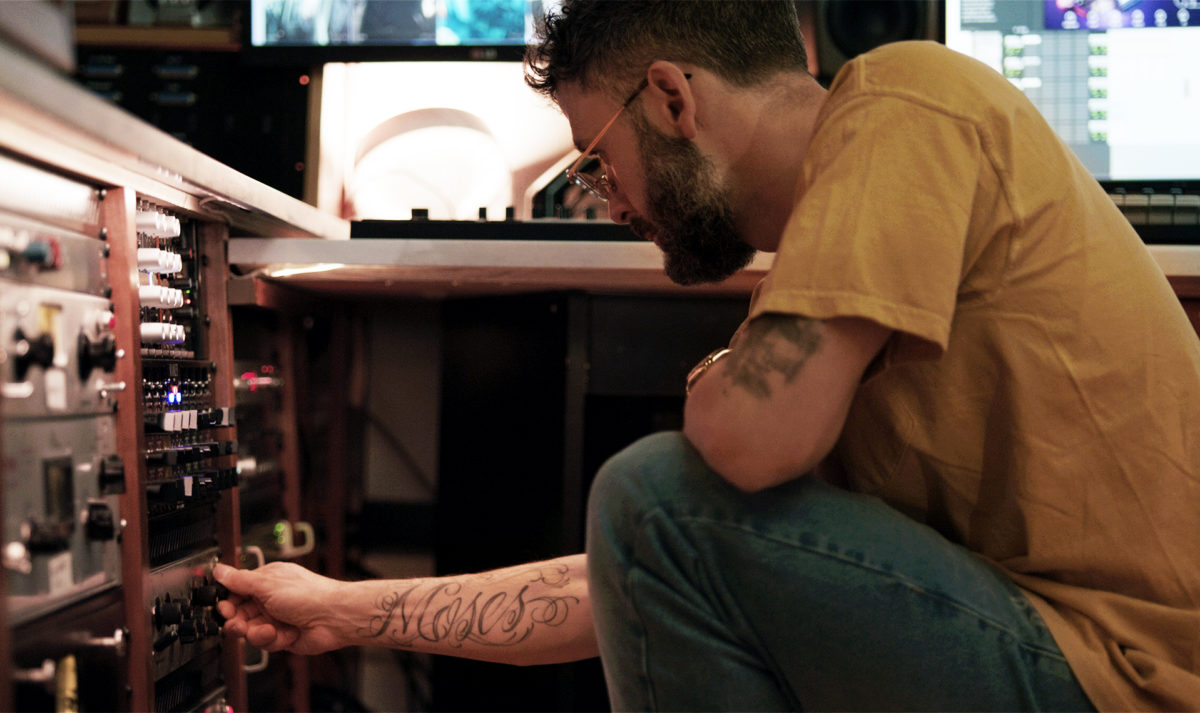
The 40 Macro
A proprietary feature of the product design of 40s Very Own Drums and 40s Very Own Keys is a special ‘40 Macro’, a pot that controls a collection of effects that he uses on all of his productions. “I’ve created a lo-fi sound with low-pass filters, frequency removal, and sample rate reduction that creates space for the artist.” And while it’s a serious shortcut for snagging that signature 40 sound, it’s also great for attenuating bright new additions to any track: “If I add something that’s really bright in the music, that knob can do a lot more damage – in a good way.”
40’S VERY OWN KEYS
When it came to designing his signature instrument, 40 turned to his own tried and true creative process for guidance: “Once you find your niche as a producer and the way that you program or what your swing is, that’s what sort of defines you. I’m the opposite of probably every hip-hop producer out there, where they all start with the drums. My favorite category to start is always gonna be some form of keys, pianos, and pads.”
So 40 and his team started with keys, collecting and sampling all of the sounds they could get their hands on inside 40’s home and his impressive State of the Art Studios in Toronto. Then they paired them for dynamic character and timbre before adding macros and effects like reverb, delay, chorus, and flange. “By the time we got to the end, we had all these incredibly beautiful sounds and I was like, ‘Wow, I don’t know anything else that sounds like this.’ These sounds are designed to make space for the artist.”
40’S VERY OWN DRUMS
With the keys in place, 40 turned his attention to the drum sounds: “I’m a minimalistic drum programmer. I often use one kick and one tom.” So 40 and his team set out to create mixed kits where each of the components sounded great individually but could still play their part in a high-level mix. Then they dialed in synths for the bottom end and added harmonics before mixing them with eclectic percussion sourced from live drummers, jars of old razor blades, and even a hookah. “The kicks are pointy and have huge bottom end on them, and the bass subs are rumbling but they fit together with the kick that’s in that kit. That’s what I want my kick sounding like on a record.”

Visual design
When it came time to design the instrument’s visuals, 40 tapped his close friend and Ontario graffiti artist KWEST to design the graphical user interface. All of the sound sources came from 40s own SOTA studios, and it was important to him that it be represented in the final product. “The drum build is my studio and the keys build is my home. I really wanted to represent the studio because I’m so passionate about this place. It really defines me.”
Drake is even more assertive in his praise, proclaiming that State Of The Art Studios “lives up to its name” in an interview with Canadian great Narduwar. “It’s visually one of the most incredible places you could be making an album. It puts you in the right mindset and sonically I don’t think there’s anyone better at what they do than this man – so you can only imagine if he built this from the ground up how it sounds. Listen to our album and you’ll see why it sounds better than anything else, cause 40’s a genius.”
Workflow
One unanticipated benefit for 40 is the fact that honing in on these signature sounds has greatly expedited his own workflow: “I’m using [these instruments] on everything I touch right now. I used it on Drake’s ‘Wants and Needs’ featuring Lil Baby, and it made an appearance on Certified Lover Boy as well. My process has gotten a lot faster because I’m spending less time dialing in sounds and effects. It’s sort of my starting point and it’s safe to say it’ll appear on every single one of my productions moving forward.”
Get 40’S VERY OWN KEYS and 40’S VERY OWN DRUMS for yourself as part of a special, limited-time offer here.








